
Mark Cuban recently had a post on his blog called Wall Street’s new lie to Main Street – Asset Allocation. In it, he quotes a recent newspaper article that presents this model asset allocation:
15% in an S&P 500 index fund
5% in a small-capitalization value fund
20% in a diversified international stock fund
5% in an emerging markets international fund
5% in Real Estate Investment Trusts
10% in stocks with a history of paying competitive and increasing dividends
10% in a diversified portfolio of convertible securities
5% in a U.S. Treasury inflation-indexed bonds and notes
15% in an international bond fund with traditional fixed coupon bonds
5% in an international bond fund for inflation-indexed bonds
5% in cash equivalents.
To which he translates as:
I want you to invest 5pct in cash and the rest in 10 different funds about which you know absolutely nothing. I want you to make this investment knowing that even if there were 128 hours in a day and you had a year long vacation, you could not possibly begin to understand all of these products. In fact, I don’t understand them either, but because I know it sounds good and everyone is making the same kind of recommendations, we all can pretend we are smart and going to make a lot of money. Until we don’t
Now, I don’t rely on Cuban for investing advice, but I do think he has a point. Over the past couple of years, I have to come value simplicity and also belief in investing. Now, I think asset allocation is important. To me, asset allocation is owning different assets that (1) all have good prospects for long-term returns above inflation, and (2) don’t necessarily move in the same direction. This allows you to reduce volatility when one things zigs while the other zags.
However, this also means you have to own said assets both when they are up and down. If the only reason you own something is because it’s in some financial newspaper article, then you’ll just sell it when the same newspaper starts touting the next new thing. This will likely lead to worse returns than just holding cash. You should only invest in asset classes that you understand and have strong reasons to hold in both good times and bad.
Here are the asset classes that I have strong beliefs in. This is of course my own personal opinion, but I’ll try to share my reasoning as well.
[Read more…]
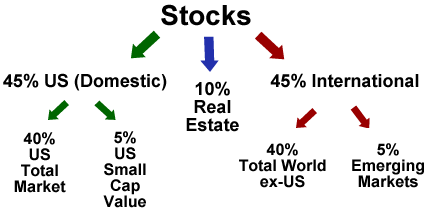
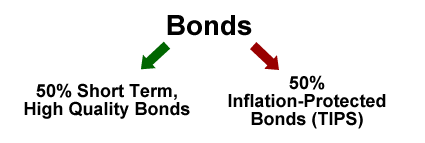
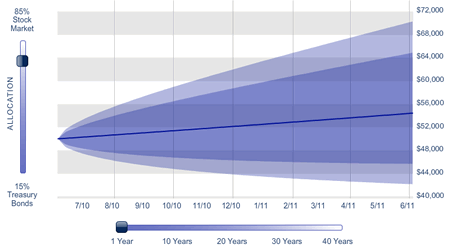
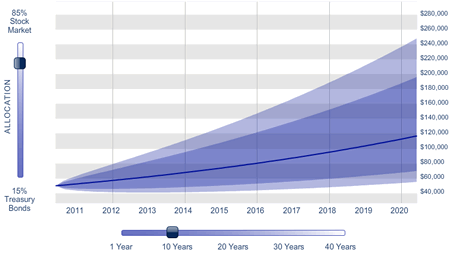
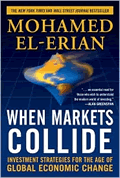
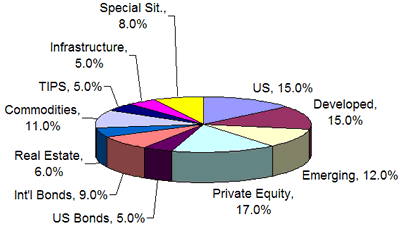
 When deciding on your portfolio’s asset allocation, another option beyond broad stock funds in domestic or international markets is to invest in is real estate. Besides directly owning a home or office complex, an easy way to get exposure is to own Real Estate Investment Trusts, or REITs.
When deciding on your portfolio’s asset allocation, another option beyond broad stock funds in domestic or international markets is to invest in is real estate. Besides directly owning a home or office complex, an easy way to get exposure is to own Real Estate Investment Trusts, or REITs. 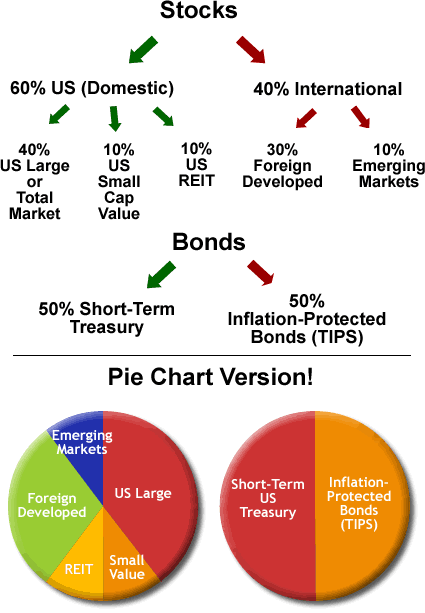
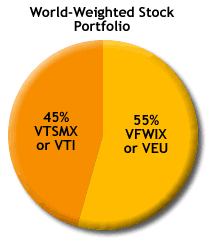
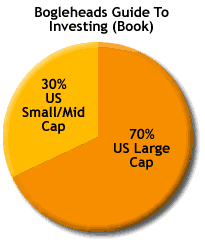
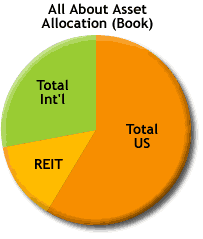
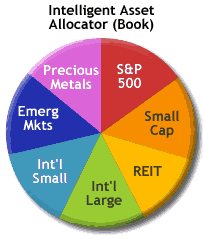
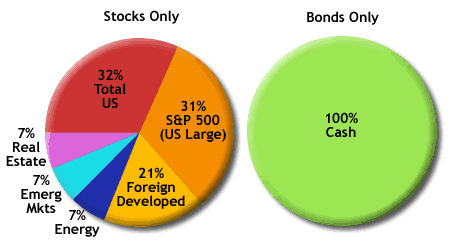

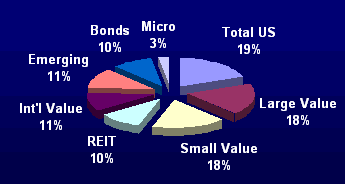
 The Best Credit Card Bonus Offers – 2025
The Best Credit Card Bonus Offers – 2025 Big List of Free Stocks from Brokerage Apps
Big List of Free Stocks from Brokerage Apps Best Interest Rates on Cash - 2025
Best Interest Rates on Cash - 2025 Free Credit Scores x 3 + Free Credit Monitoring
Free Credit Scores x 3 + Free Credit Monitoring Best No Fee 0% APR Balance Transfer Offers
Best No Fee 0% APR Balance Transfer Offers Little-Known Cellular Data Plans That Can Save Big Money
Little-Known Cellular Data Plans That Can Save Big Money How To Haggle Your Cable or Direct TV Bill
How To Haggle Your Cable or Direct TV Bill Big List of Free Consumer Data Reports (Credit, Rent, Work)
Big List of Free Consumer Data Reports (Credit, Rent, Work)